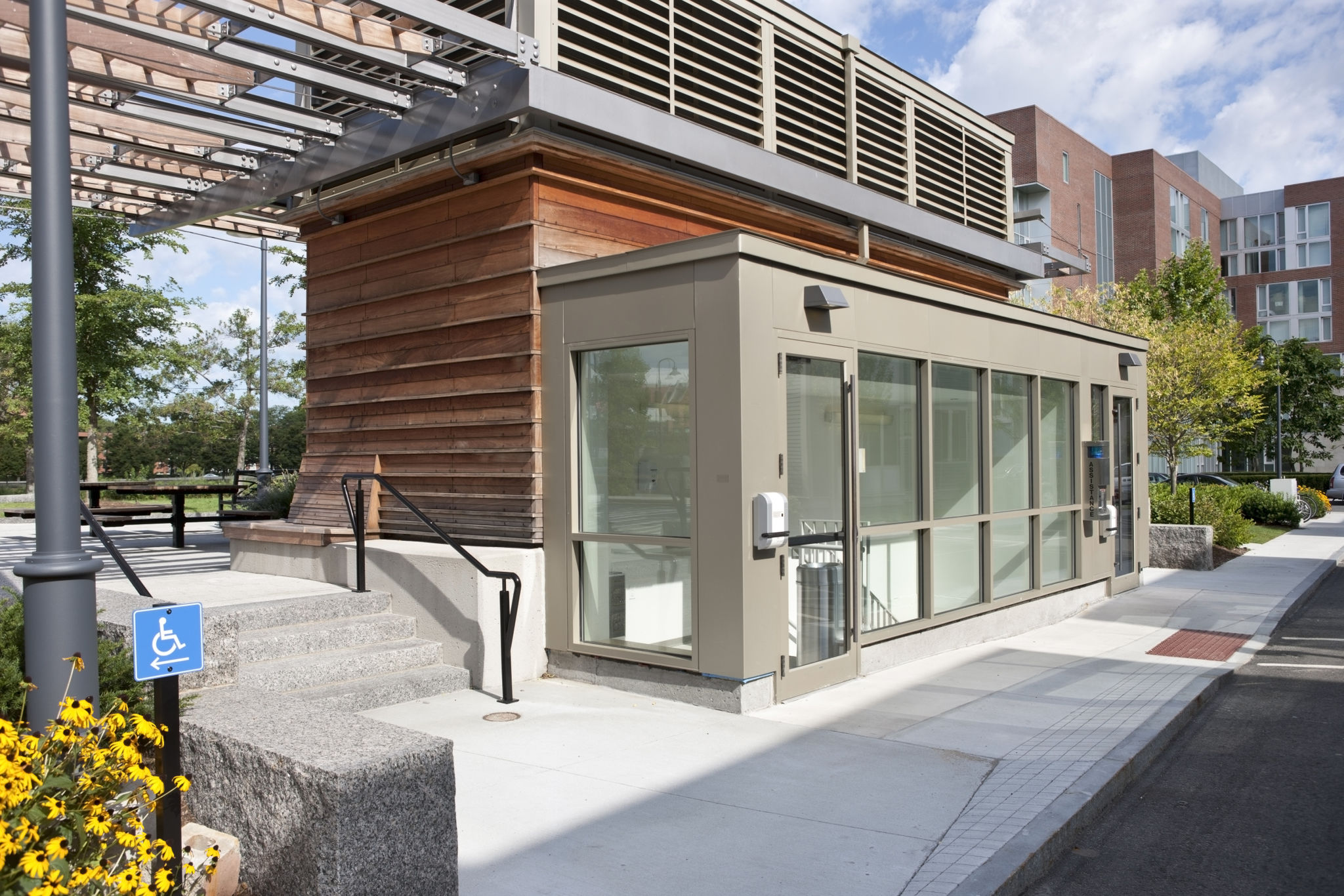Common Myths About Commercial Building Preservation Debunked
Understanding Commercial Building Preservation
Commercial building preservation is often fraught with misconceptions that can deter property owners from making informed decisions about maintaining their valuable assets. These myths can create unnecessary fear or hesitation, leading to neglect or inappropriate management of historic buildings. This post aims to debunk some of these common myths and provide clarity on the subject.
Preserving a commercial building is not just about keeping the structure intact; it’s about maintaining its historical significance and ensuring it meets contemporary standards. When done correctly, preservation can enhance the building’s value and utility.

Myth 1: Preservation Is Too Expensive
A prevalent myth is that preserving a commercial building is prohibitively expensive. While it's true that preservation requires investment, it is often more cost-effective than new construction. The costs associated with demolition and rebuilding can exceed those of restoration and maintenance.
Moreover, there are numerous grants and tax incentives available for restoring historic buildings, which can significantly offset expenses. It's also worth noting that preserved buildings typically appreciate in value over time, providing a solid return on investment.
Cost-Effective Strategies
Property owners can adopt cost-effective strategies by prioritizing essential repairs and utilizing energy-efficient upgrades. This not only preserves the building's character but also reduces long-term operational costs.

Myth 2: Old Buildings Are Energy Inefficient
Another common misconception is that older buildings are inherently energy inefficient. While it's true that some historic structures may lack modern insulation or HVAC systems, many can be retrofitted with energy-saving technologies without compromising their architectural integrity.
Innovations such as advanced glazing, improved insulation materials, and energy-efficient lighting can significantly reduce energy consumption in historic buildings. Additionally, the original construction often features materials and designs that naturally regulate temperature and light, contributing to efficiency.
Green Preservation Techniques
Implementing green preservation techniques can further enhance energy efficiency. Understanding and utilizing passive solar design elements, for example, can help optimize energy performance without altering the building's historical facade.

Myth 3: Preservation Limits Functionality
Some believe that preserving a building restricts its functionality for modern use. However, many preserved buildings successfully adapt to contemporary needs while retaining their historic charm. Adaptive reuse is a popular approach, allowing buildings to serve new purposes while maintaining their heritage.
Whether converting an old factory into an office space or transforming a historic mansion into a boutique hotel, the possibilities are vast. Creative design solutions ensure that these spaces meet modern standards and regulations without sacrificing their character.
Balancing Tradition and Modernity
The key is striking a balance between preserving historical elements and integrating modern amenities. By working with experienced preservationists and architects, property owners can achieve this balance, enhancing the building's appeal and functionality.

Conclusion
Commercial building preservation is an investment in history, culture, and community identity. By debunking these myths, we encourage property owners to look beyond misconceptions and consider the real benefits of preservation. With the right approach, these buildings can continue to serve vibrant roles in our urban landscapes for generations to come.